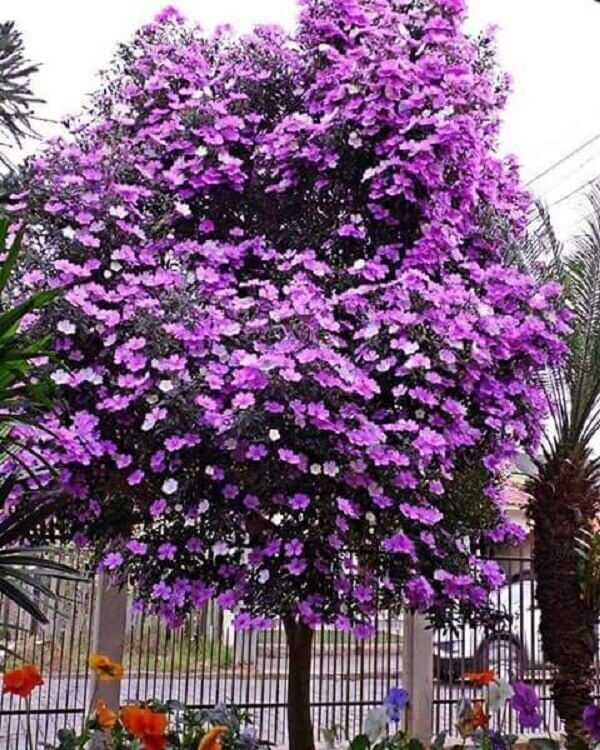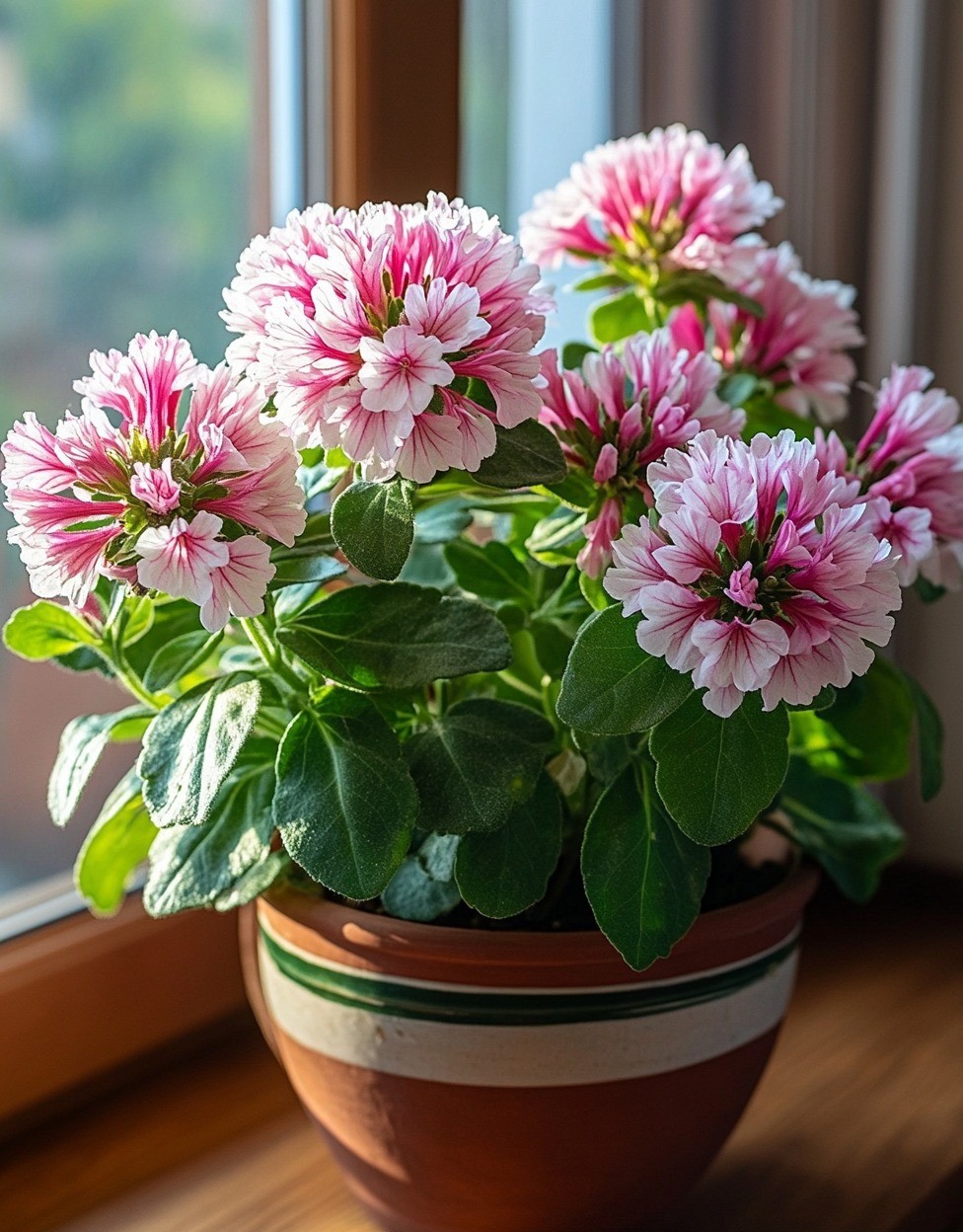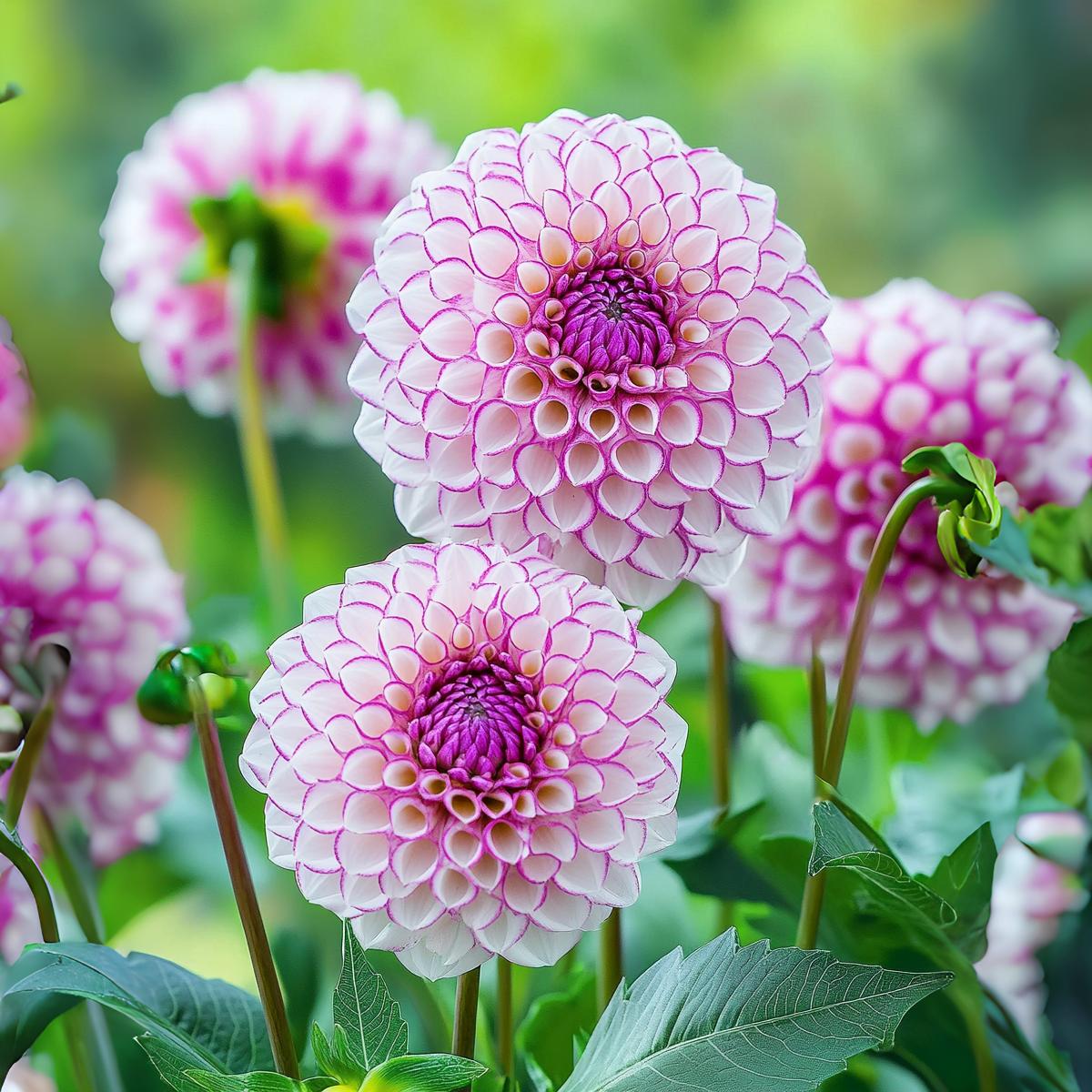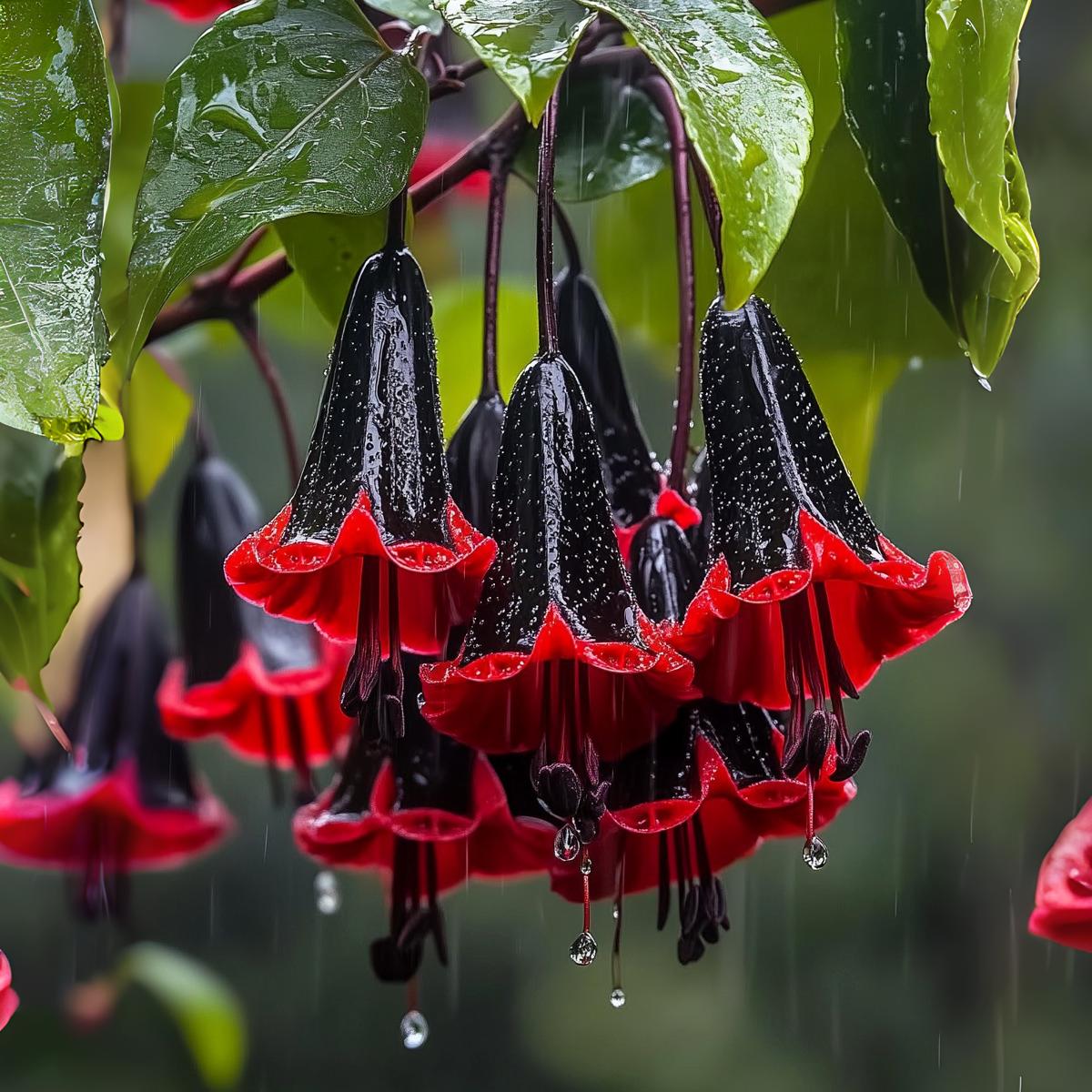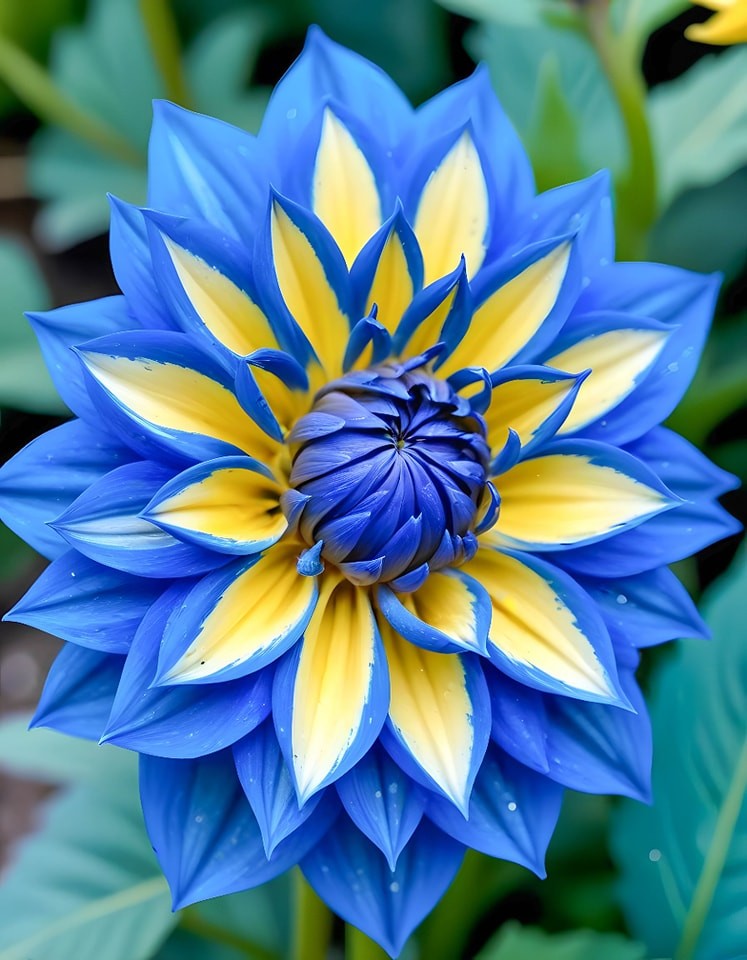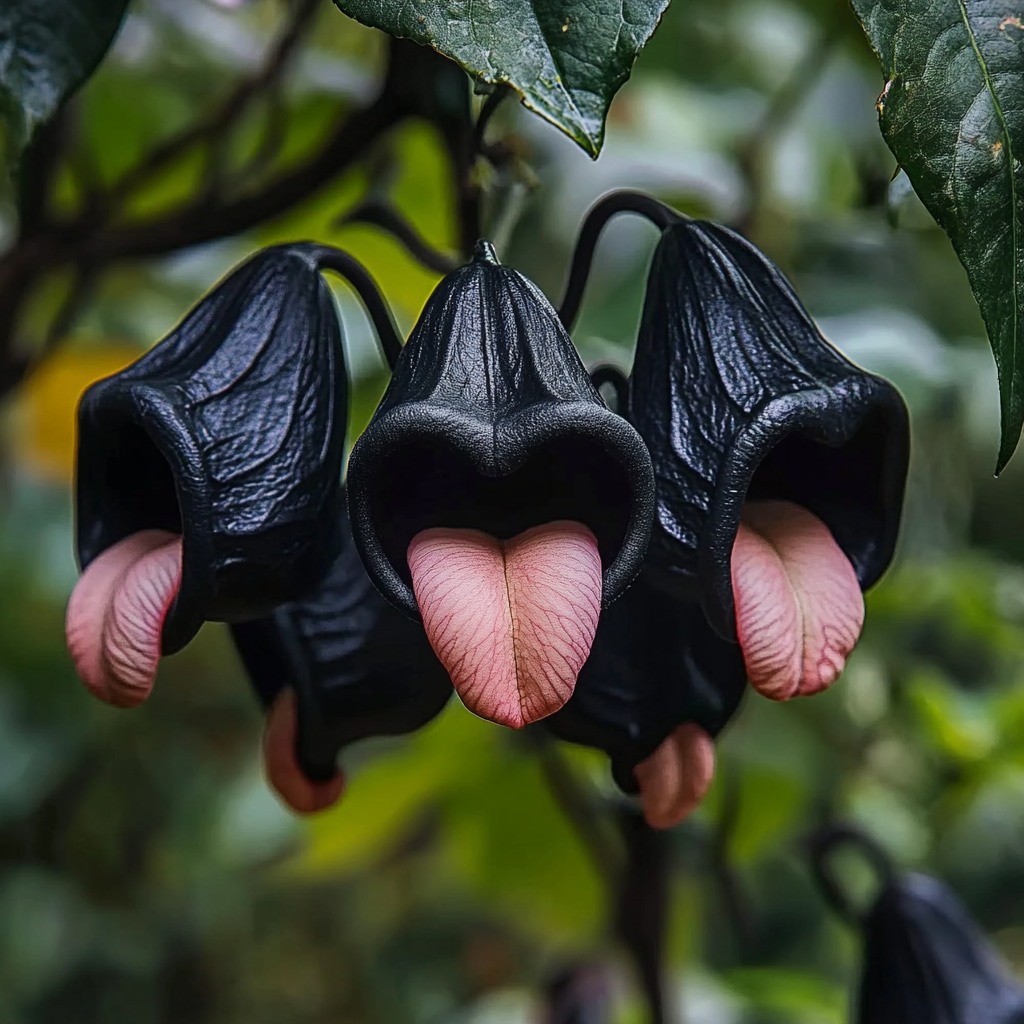We picked 15 between natural species, hybrids and cultivars, all in different shades, some strong (like black) and others very delicate; we could not list all the varieties available, but chose a list of very different ones:
We will start with a variety of Lenten rose, or hellebore, that has a very delicate color, just to start off on a soft note…
1. ‘Ivory Prince’ Hellebore (Helleborus x nigersmithii ‘Ivory Prince’)
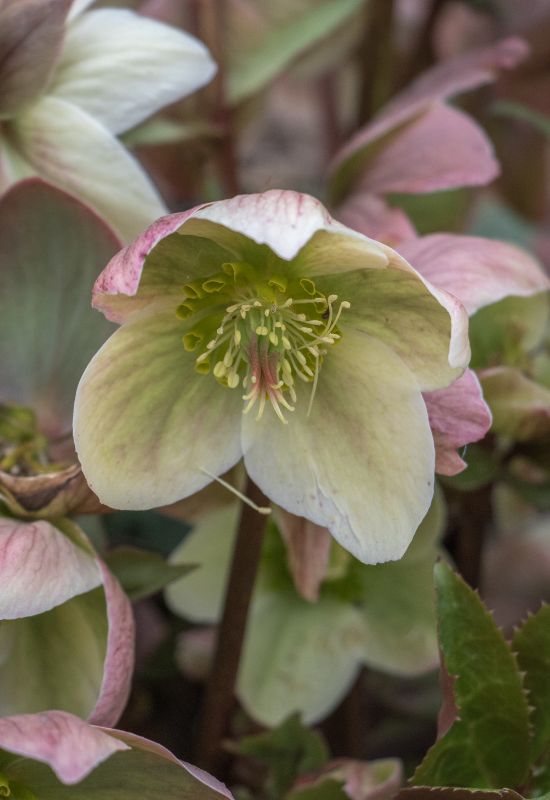
We can start with a hellebore, or Christmas rose variety, that has a soft but moody and deep personality. The single blooms that grow on stems just above the evergreen foliage are round, with 5 equally round petals that open fully to a flat saucer shape, to about 2 to 3 inches wide (5.0 to 7.5 cm) and they do it at a very unusual time, un winter of course.
Creamy white in shade on the inside, they display a pastel shade of lavender rose on the outside, really visible when in bud. Ivory and green form two circles in the middle, with stamen and pistils.
The tepals will change tonality when they mature, taking on chartreuse tints. The he burgundy stems on which they open lead you down to the large palmate leaves, dark green and leathery, with silver veins and dark purple overtones.
A classic looking variety, ‘Ivory Prince’ is a common choice for naturalized areas where you want to have even groundcover, but with a twist of elegance and dark thoughtfulness but also suave blooms.
2. ‘New York Night’ Hellebore (Helleborus ‘New York Night’)
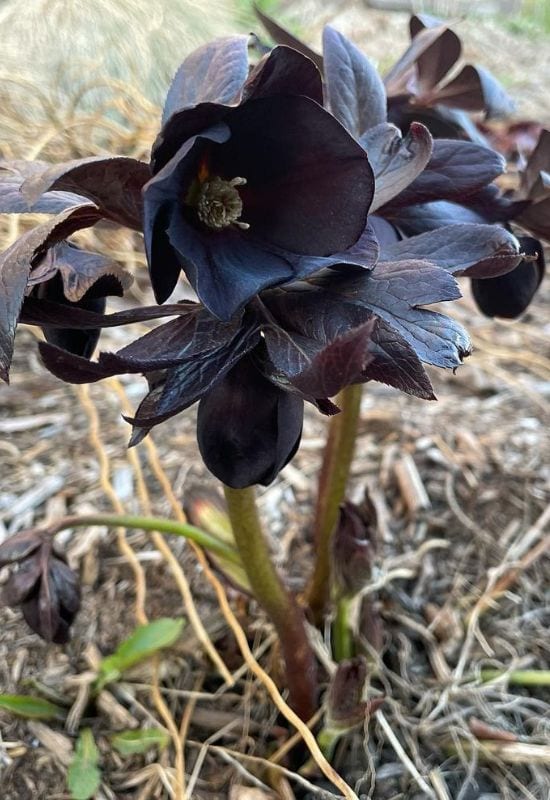
Meet a dark beauty, the gothic queen of hellebores: ‘New York Night’! This lenten rose of the Honeymoon Series, hybridized by Walters Gardens takes its name from the deep, nocturnal color of its flowers… In fact, they are of the darkest burgundy purple ever, round and single, and you dan see delicate veining on the petals.
Opening to about 2.5 to 3.0 inches across (6.0 to 7.5 cm), they are also fairly late bloomers: in fact, they will start their floral display in late winter and continue all the way to the end of spring! However, its main flowering season in in April and May, when it will give your garden a very unusual spectacle, and it loves humid, shady and naturalized places, like woodland gardens, where this shady beauty will naturalize and spread. The semi glossy, deep green palmate foliage will cover the soil all year round, and deer will not even touch it.
Of course, ‘New York Night’ hellebore is the variety you want to grow if you have a taste for unusual, dark colors, and if you like to surprise visitors to your land or garden with what we can call “black flowers”.
3. ‘Sandy Shores’ Hellebore (Helleborus ‘Sandy Shores’)
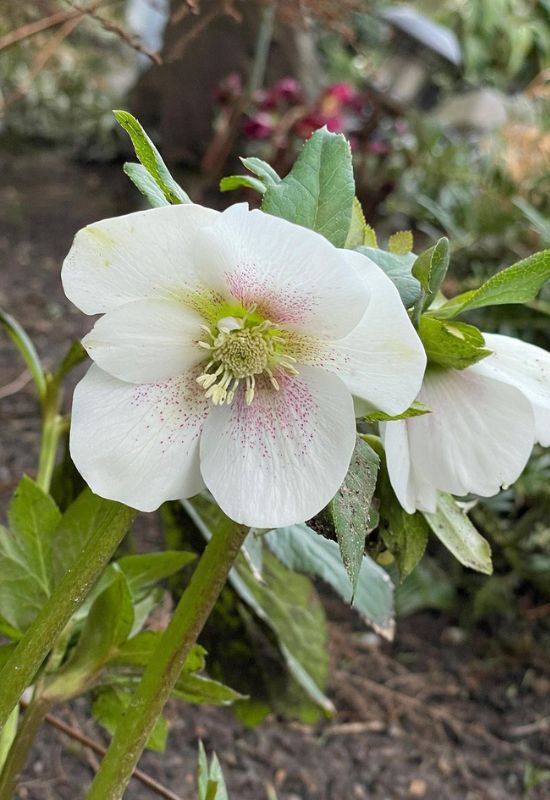
From noir to super romantic, lenten roses never cease to amaze us: enter ‘Sandy Shores’ hellebore, still from the popular Honeymoon series. What makes this variety really exceptional is the soft, rare and refined palette it displays on its blooms. Each flower head is about 3 inches across (7.5 cm) and they display a pale pastel rose color inside, which blushes to a halo of vibrant purple towards the center.
4. Stinking Hellebore (Helleborus foetidus)
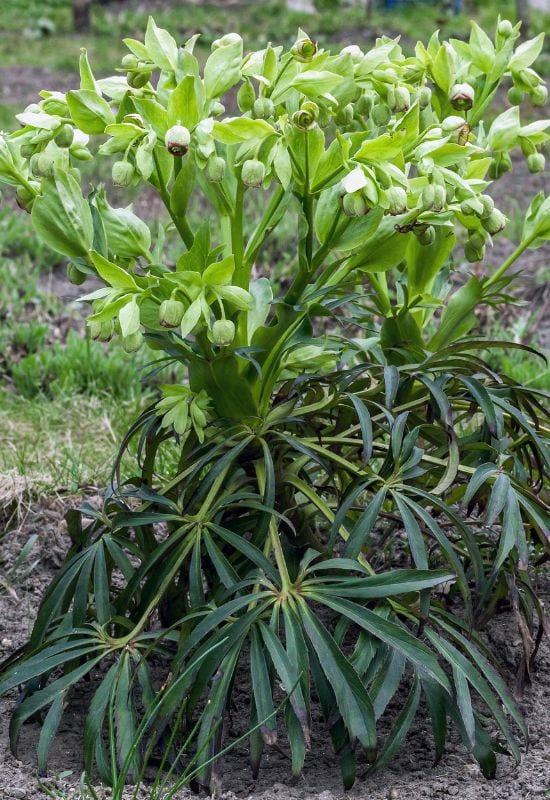
Did we say that Christmas roses specialize in very unusual colors? And stinking hellebore, a natural species from Central and Southern Europe, and Asia Minor is the proof! It has smaller blooms than other varieties, only about 1 inch across (2.5 cm), and bell shaped, quite delicate and unusual.
5. ‘Red Sapphire’ Hellebore (Helleborus x hybridus ‘Red Sapphire’)
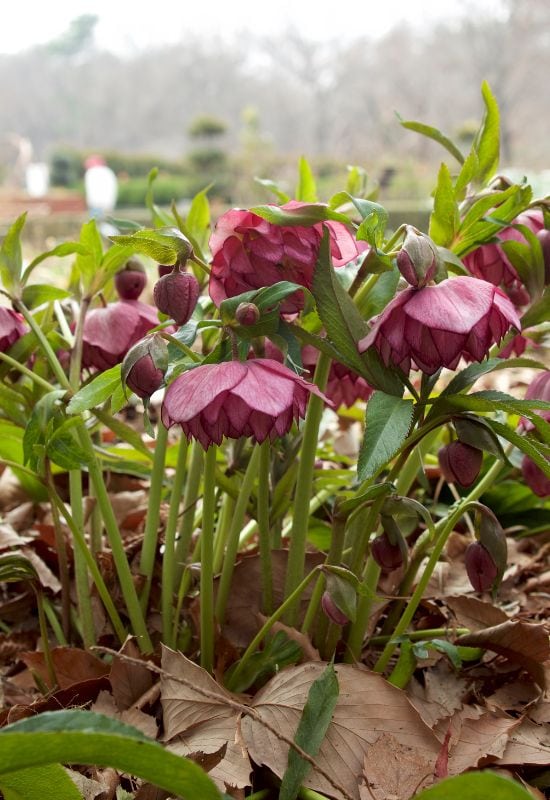
‘Red Sapphire’ is a hellebore variety of the Winter Jewel Series with the personality of a great protagonist! Starting its floral display in late winter, it will spark up your garden with its large and fully double flowers till early spring, sometimes beyond, each reaching 3.3 inches across (8.0 cm)! They come very profusely and the pointed petals, regularly arranged in concentric rings, give it the appearance of a lotus.
6. ‘Flower Girl’ Hellebore (Helleborus ‘Flower Girl’)
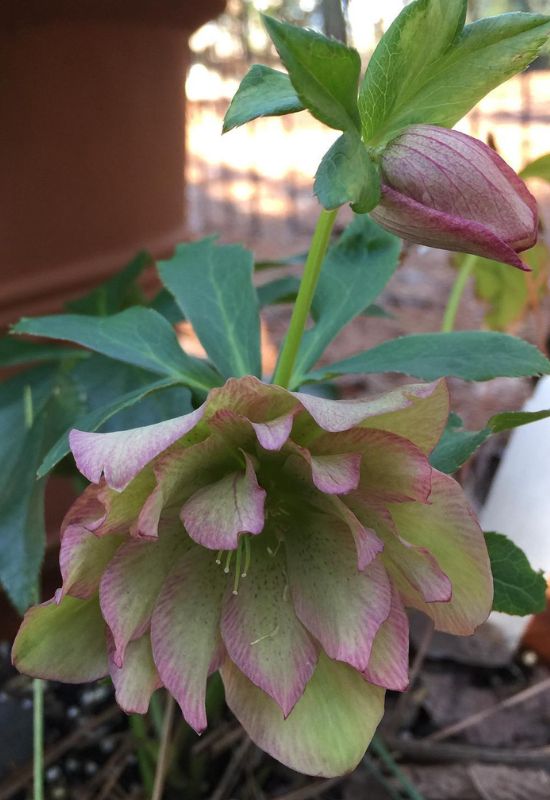
‘Flower Girl’ hellebore is a lenten rose with a delicate look and a little twist… The flowers are about 3 inches across (7.5 cm) and double, with a lovely tuft of cream yellow pistils in the center, set against a small halo of very pale green… Around them, you will get the inner circle of petals, which are wavy, white to pale rose with purple edges.
7. Syncarpus Hellebore (Helleborus vesicairus)
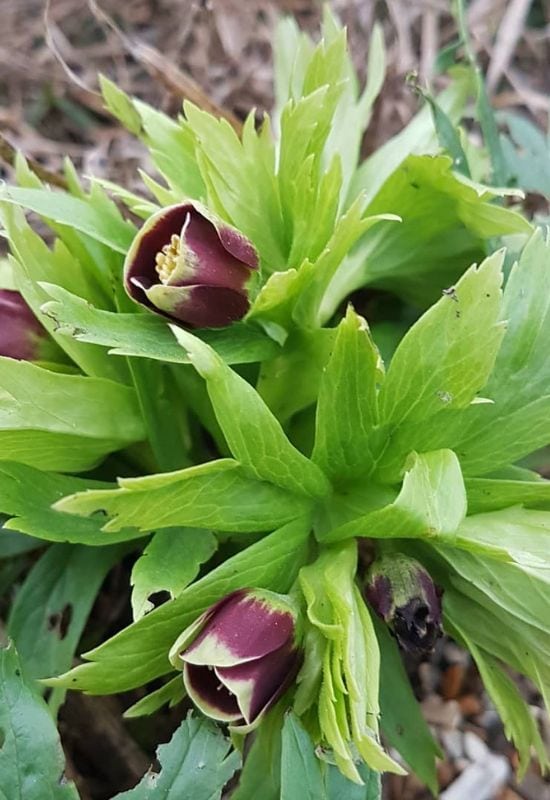
Syncarpus hellebore is actually a category, but it has only one species, Helleborus vesicariusnative of mountain regions of Syria and Turkey. It is actually a rare variety, hard to find quite expensive as well, at over 20 dollars a plant! But it is worth having if you are a collector! To start with, its broad foliage is finely cut, and this gives it a very thin texture, but unusually, it is not evergreen! It will emerge in fall and stay on through winter and spring, then die back for the summer months.
8. ‘Black Onyx’ Hellebore (Helleborus x hybridus ‘Black Onyx’)
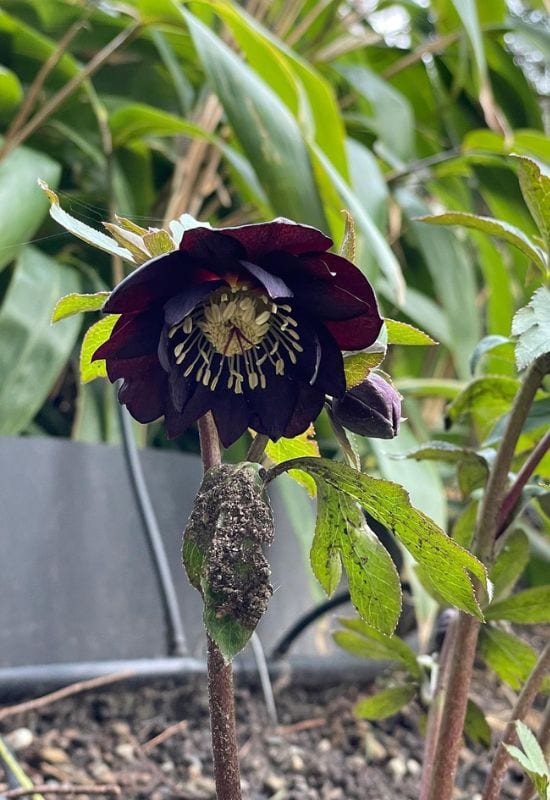
As the name suggests, ‘Black Onyx’ hellebore, a lenten rose of the Winter Jewel Series, is possibly the darkest of all Christmas roses! The large blooms, in fact, about 3 inches across (7.5 cm) have a very, very deep shade of purple with bluish hints that make it appear almost the same color of a moonless night! With white anthers on pistils and thin red stamens that rise from a greenish patch in the middle of the bloom, the pointed petals (tepals) of this double flowered variety look very striking and exceptional indeed when they emerge in February! They will certainly become the focus of attention in your shady beds or in naturalized areas, or even in a rock garden, also thanks to the rich green, evergreen foliage with purple blushes on the edges and under pages.
9. Green Hellebore (Helleborus multifidus ssp. bocconei)
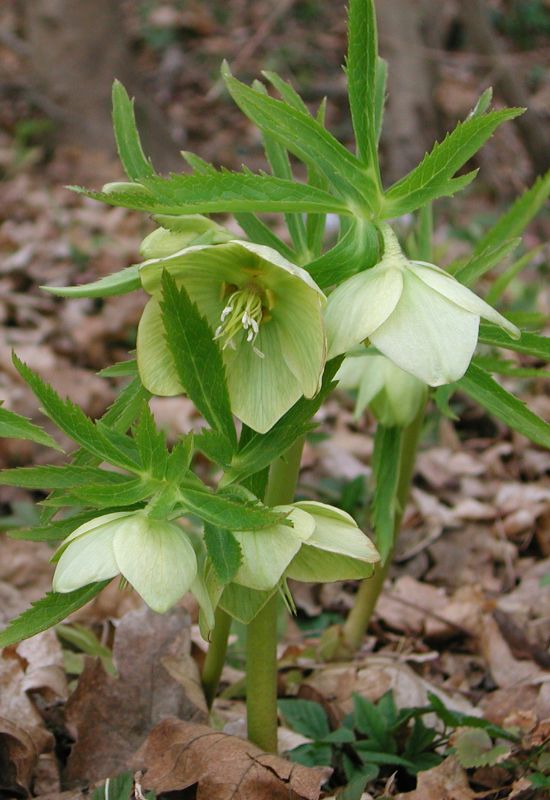
This Italian lenten rose is quite widespread in the forests of the peninsula, and yes – it does have green flowers! Single and star shaped saucers, with lovely white anthers in a round tuft in the middle, the blooms are about 2 inches across (5.0 cm) or a bit more, and they nod beautifully on the stems with their pale, lime green color. Sometimes they do take on bright tonalities as well, and rarely a dash of yellow.
It is also one of the longest bloomers of all hellebores, giving you a floral display that lasts all the way from January to April, and I have seen it flowering even earlier and later. What’s more, the blossoms have a sweet fragrance of gooseberries, which really suits its woodland personality. The bright green foliage is lush and lobed, and while it is deciduous, it is excellent as groundcover.
10. ‘Party Dress Pink’ Hellebore (Helleborus x hybridus ‘Party Dress Pink’)
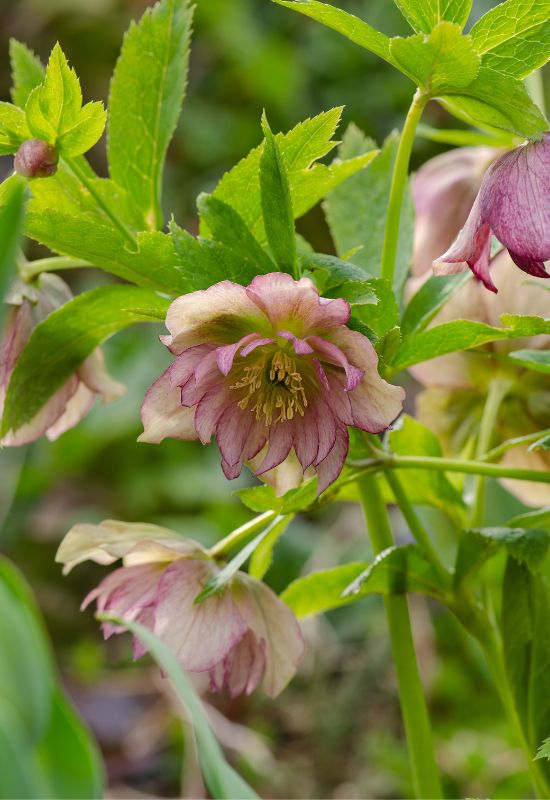
Here’s a very unusual looking and striking lenten rose for you: ‘Party Dress Pink’ hellebore! It really has a personality like no other thanks to its blooms, that look a bit like ballerina skirts, or sea anemones! In fact, the fully double flowers have bending tepals that also fold in the middle, and they drop down from the nodding blossoms like frills, reaching 3.3 inches across (8.0 cm)! Very generous with its floral displays and starting in late winter, it will warm up your garden with its deep pink to bright red color, painted on it as if with very gentle and fine dashes.
The veins are clearly visible, giving you the effect of pencil on drawing paper. Perfect for shady spots, this is a semi evergreen variety; the leathery and glossy broad and deeply lobed leaves will stay on during the cold months in warm climates.
11. Ligurian Hellebore (Helleborus liguricus)
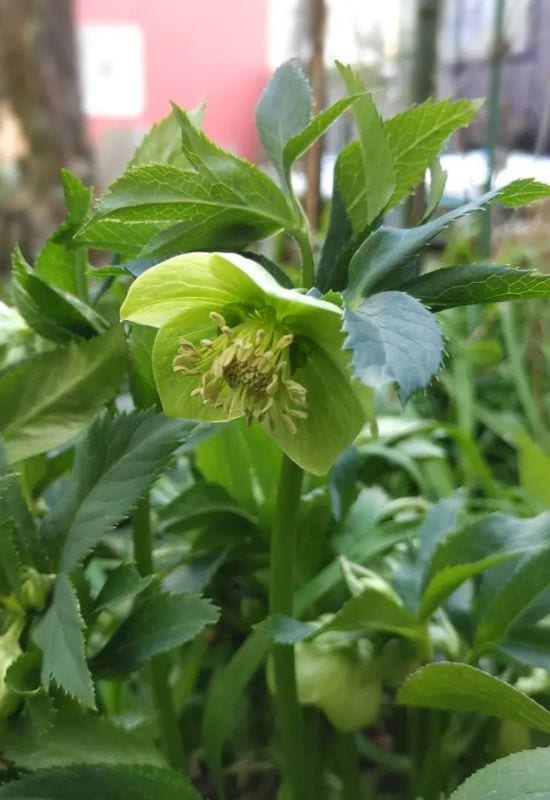
Here’s another lovely species of Christmas rose from Italy: Ligurian hellebore, a variety that grows on the famous riviera, gracing the wild areas of it mountainous inland. It is not very common as a home garden plant, but it is really worthwhile, also because it is low maintenance and easy to grow.
12. ‘Citron’ Hellebore (Helleborus x hyridus ‘Citron’)
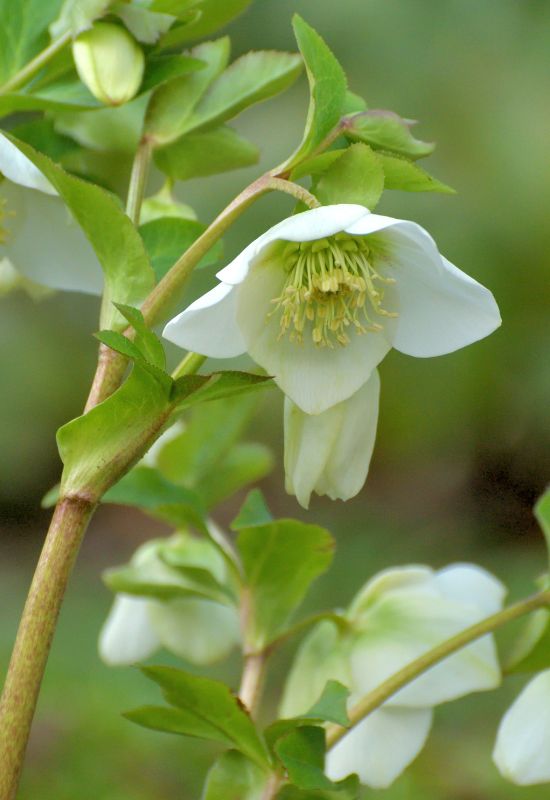
When we think of Christmas roses, we seldom imagine them in the color of gold and of the Sun… But this cultivar from the UK manages to bring out this unusual tonality, and it is called ‘Citron’ hellebore. The name is quite spot on, because its round and bowl shaped single flowers have a very bright shade of yellow, that edges on the canary and lemon.
13. Purple Hellebore (Helleborus purpurascens)
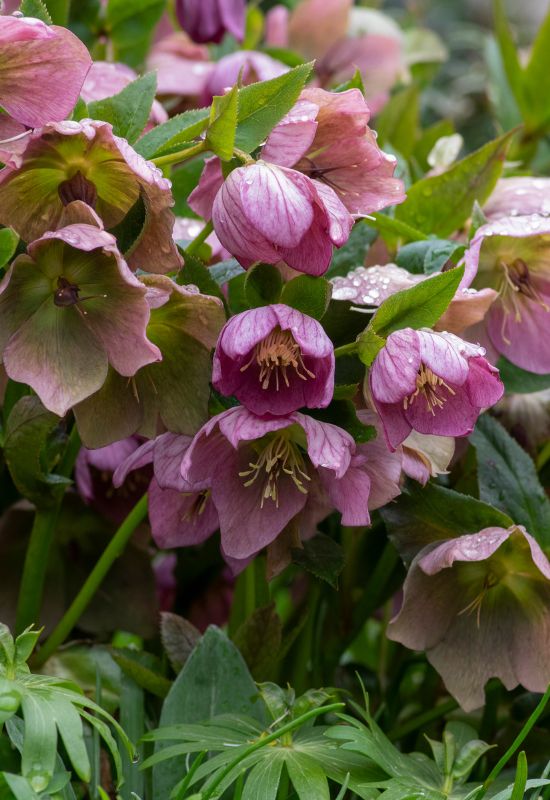
This variety of Christmas rose has two names, and they will puzzle you: purple hellebore or blue ears lenten rose… and there is a very good reason for it… This speciesfromCentral and Eastern Europe (Hungary, Slovakia, Poland and Romania) is a real chameleon! Its nodding flowers, bowl to saucer shaped are a real surprise when they appear in the winter months…
14. ‘Phoebe ‘ Hellebore (Helleborus x hybridus ‘Phoebe’)

Here is another really spectacular hellebore for you, ‘Phoebe’ lenten rose! Its large blooms reach a maximum of 3.3 inches across (8.0 cm), and this alone makes them quite showy indeed. But it this evergreen perennial cultivar has much more to offer you… Its fully double flowers have broad but wavy, slightly frilled petals that look very delicate, a bit like silk, or a very soft material forming a lovely rosette.
Starting in late winter, they have a pastel rose but color, but the edges have a very thin blushing line of lavender on them, while in the center of each tepal, lots of tiny specks, or dots, of pure magenta purple decorate as if with cherry dusting, or tiny droplets scattered by a painter’s brush.
15. ‘Sparking Diamond’ Hellebore (Helleborus x hybridus ‘Sparkling Diamond’)
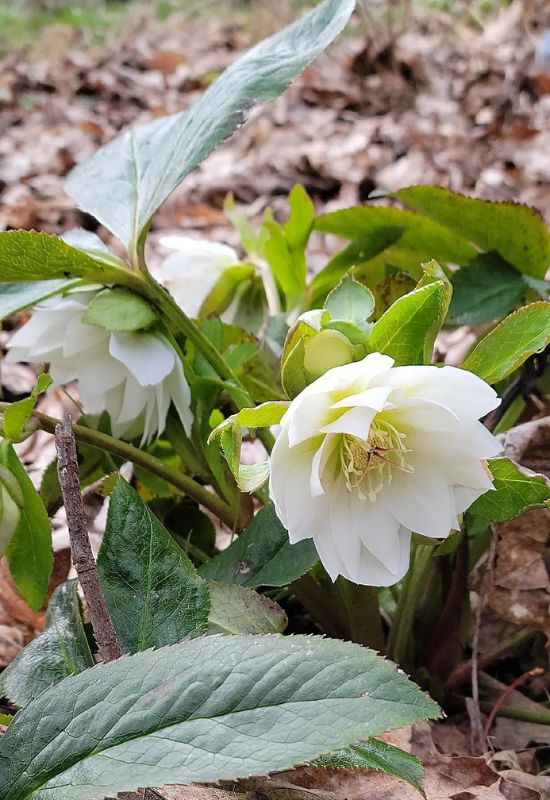
After such a vast range of exquisite, even rare colors, we could only conclude our list of Christmasroses with a variety of the color of snow… And there are really many, including quite a few natural species, but one really stands out: ‘Sparking Diamond’ hellebore, a member of the Winter Jewels Series! To start with, its blossoms are really large, about 3.3 inches in diameter (8.0 cm), and fully double.
